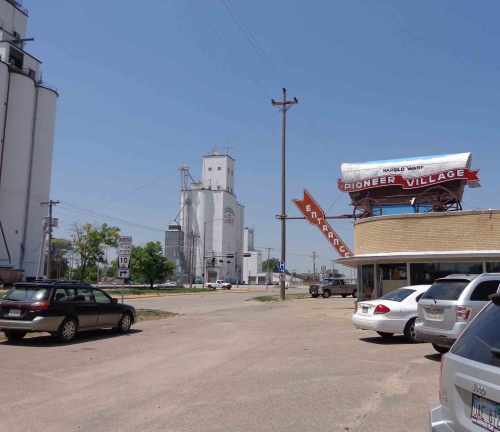Once the corn was husked, getting the dried corn off the cob was the next task. It was not an easy one, and generally involved shovels or bayonets or other sturdy tools for attacking the tenacious kernels. Farmers often left corn on the cob until it was needed, because trying to do large amounts at once was so daunting.
Then, in the 1820s, shellers were created that made the task less difficult. These devices were modified over the years, but the fact that they soon appeared on almost every farm shows how vital they were. One person could operate the sheller, but ideally, two people would work together, one feeding the cobs into the chute, and another turning the crank. Corn kernels would drop out from the bottom and cobs would be spit out of the front. The bonus here was that the cobs were in good shape, which meant they could be used for anything from a corncob pipe to corncob jelly. They were also popular as kindling for stoves, when those became available.
Here, amidst numerous other “labor saving devices” on display at the Pioneer Village, are two corn shellers—the blue device with the yellow crank wheel and the green one with the red crank wheel.














